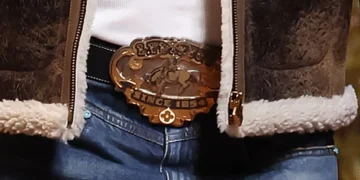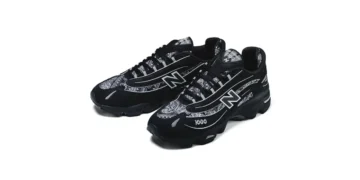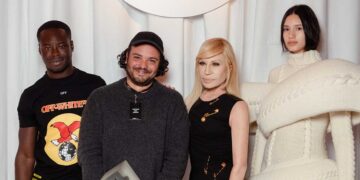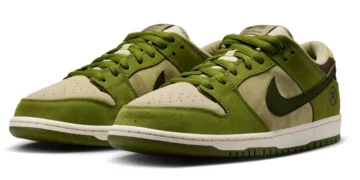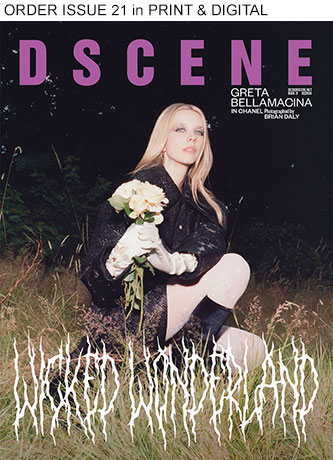
Belt buckles, long overlooked in mainstream fashion discussions, carry a deep history rooted in functionality, symbolism, and cultural relevance. What began as a practical garment fastener has evolved into a platform for personal expression and craftsmanship. A contemporary example of this evolution is Kendrick Lamar’s use of custom belt buckles, adorned with vintage pins as a tribute to his Los Angeles upbringing.
Origins and Functional Beginnings
The history of belt buckles dates back to the Iron Age, when they functioned as essential fasteners for garments and armor. One of the most notable early examples is the “great buckle” discovered in the Sutton Hoo ship burial, a piece that underscored both utility and status. In military contexts, buckles ensured the secure fit of armor and equipment, making them indispensable components of battlefield attire.
Evolution into Decorative Artifacts
During the Roman period, buckles began to shift from purely functional devices to decorative items. Crafted in bronze and often engraved or molded with ornate patterns, these buckles reflected wealth and personal style. This era marked the beginning of their use as social signifiers, moving beyond utility into the world of ornamentation.
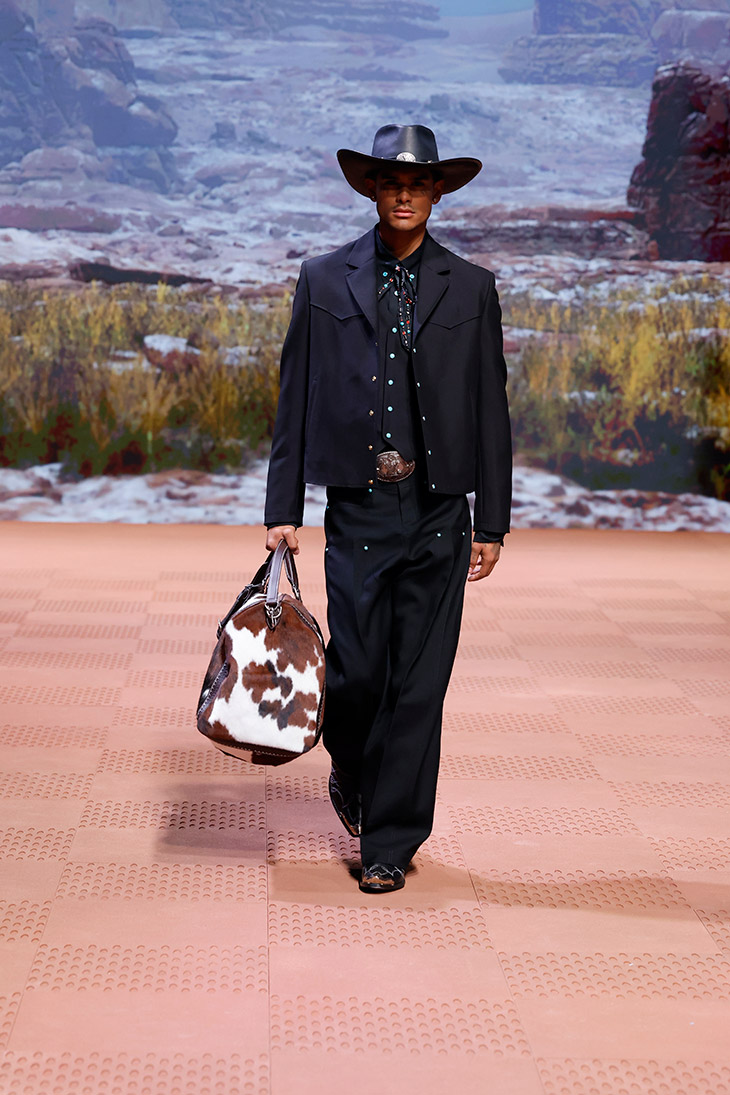
Cultural Significance Across Civilizations
Across diverse cultures, belt buckles have carried symbolic meaning:
-
Germanic Tribes: Among early Germanic peoples, buckles were often richly decorated with motifs expressing religious beliefs and cultural values. The Landelinus buckle, for instance, features Christian iconography, pointing to the integration of faith into daily wear.
-
Scythian and Sarmatian Cultures: In these nomadic societies, buckles frequently featured zoomorphic designs. Animals such as stags, eagles, and panthers appeared in stylized forms, representing strength, bravery, and tribal identity.
The Western Belt Buckle and the American Frontier
In the United States, the belt buckle became closely associated with the cowboy culture of the American West. Large, decorative buckles served both as functional accessories and as expressions of individuality. Eventually, they became trophies awarded in rodeo competitions, reinforcing their link to achievement and regional tradition. Over the decades, the Western buckle came to symbolize both personal grit and cultural nostalgia.
From their Western roots to modern fashion, belt buckles have long been a reflection of personal identity. With advancements in craftsmanship, they have evolved into even broader expressions of individuality, making it easier than ever to find unique and custom-designed belt buckles.
Contemporary Interpretations and Fashion Statements
Today’s belt buckles are often worn to make a personal or cultural statement:
-
Kendrick Lamar’s Homage to Los Angeles: For the cover of his “GNX” album and in the “Squabble Up” music video, Kendrick Lamar wore a custom belt buckle created by designer Eli Russell Linnetz of ERL. The piece, decorated with vintage Los Angeles pins, connects Lamar’s stylistic choices to his Southern California roots and creative circle.
-
Designer Collaborations and Fashion Influence: Collaborations between Lamar and designers like Martine Rose and ERL have expanded the influence of streetwear within high fashion. His inclusion of custom belt buckles in carefully styled looks has contributed to a renewed interest in the accessory, particularly within emerging menswear and performance-focused fashion narratives.

Design and Symbolism in Modern Belt Buckles
The aesthetics of modern belt buckles reflect a blend of historical influences and contemporary design:
-
Materials and Craftsmanship: Current designs incorporate traditional materials such as brass, silver, and leather, along with modern alternatives like acrylic, enamel, and recycled metals. This variety supports both heritage-inspired and experimental aesthetics.
-
Symbolic Elements: Designers often integrate symbols that carry personal or political weight – eagles, stars, initials, or abstract patterns – allowing wearers to project identity, values, or affiliations through small but visible details.
The Belt Buckle as a Canvas for Art
In some circles, the belt buckle has moved beyond fashion into the space of functional art:
-
Limited Editions and Collectible Designs: Artisans and designers occasionally release limited-edition buckles with engraved metalwork, hand-painted elements, or custom enamel finishes. These objects are treated as collector items, merging utility with design innovation.
-
Collaborations with Cultural Artists: Belt buckles have also been the focus of collaborations between contemporary designers and Indigenous or folk artists. These projects result in accessories that celebrate traditional techniques while offering visibility to underrepresented crafts and narratives.
Finally, from Iron Age battlefields to the red carpets of contemporary music and fashion, the belt buckle has undergone centuries of reinvention. Once a tool of necessity, it has become a symbol of personal identity, artistry, and cultural dialogue. Whether worn by a cowboy or a Grammy-winning artist like Kendrick Lamar, the belt buckle remains a small but significant detail – bridging history, design, and individual expression.
Images from Louis Vuitton FW24 Men’s Collection – see full article here.
